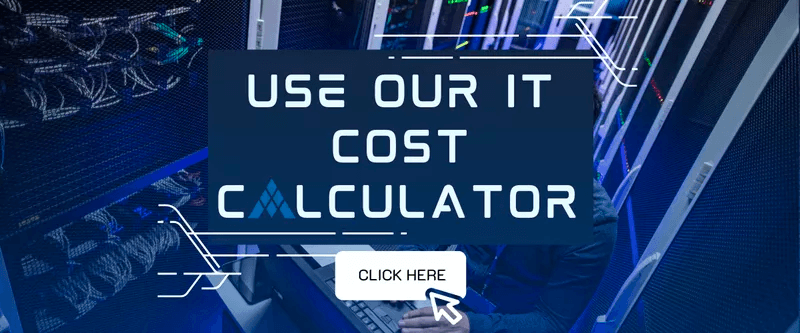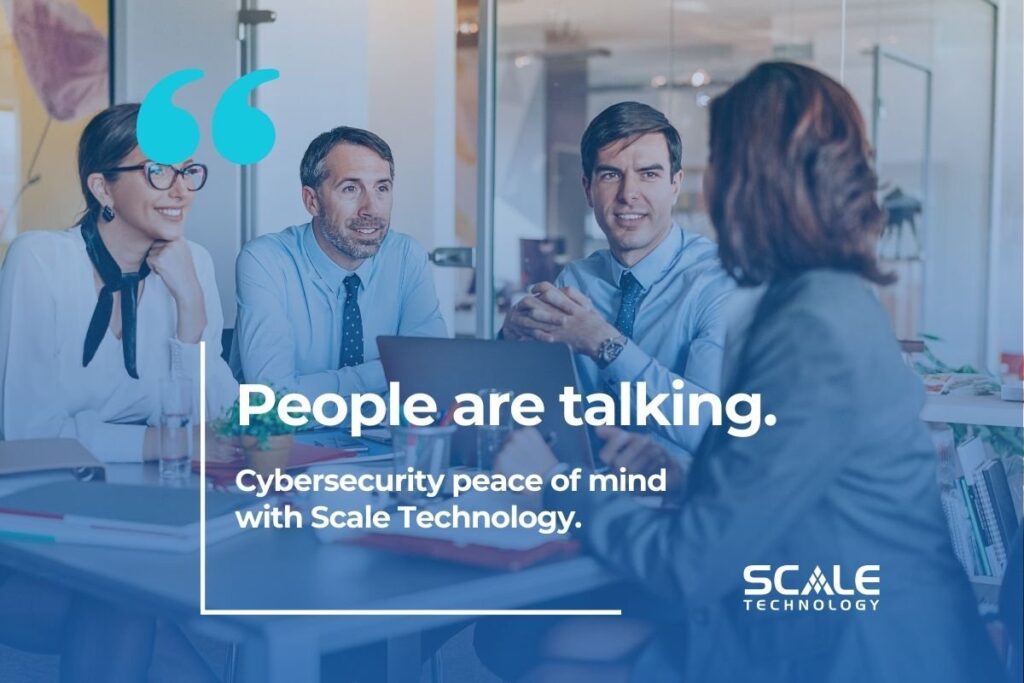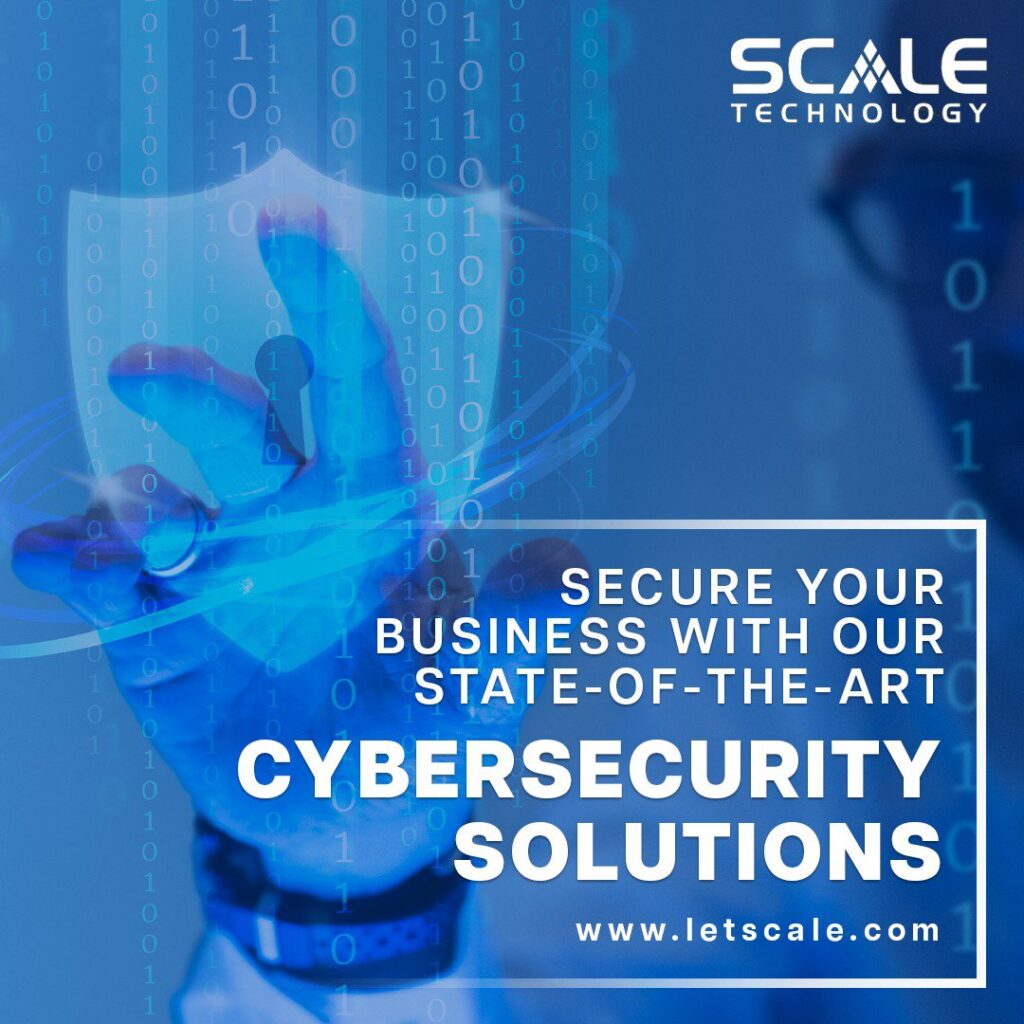According to recent statistics, a company will become a victim of a ransomware attack every 11 seconds. Global damages from ransomware are expected to reach $21 billion.
If your technology team is talking about the dangers of ransomware, they are not alone. It has businesses around the world on high alert.
But you may still wonder what ransomware is and what the difference is between ransomware and malware. It is hard to plan a good defense if you do not understand specifically what it is and how it can attack you.
Not to worry. This article will explain it all in simple terms. Time is of the essence since ransomware occurs every 11 seconds, but everything you need to know about this mystery will be unraveled right now.
What Is Ransomware?
Ransomware is a type of malware. The purpose of ransomware is to deny a company or a particular user access to their own files on their own device(s).
A cybercriminal will deny you access to your own files by encrypting them. Once they encrypt your information, they will demand a ransom payment from you, the victim, to get the decryption key.
The hacker’s goal is to put a company in a position where the cheapest and easiest way to access their own information and continue to operate business as usual is to pay the ransom fee.
Ransomware versus Malware
While many people interchange these two terms, they are distinctly different.
Malware is a general term. It refers to any program with the purpose of disrupting, damaging, or hacking a device. Both ransomware and viruses are malware.
Ransomware, however, is much more potent and dangerous than typical malware.
How Ransomware Works
There are different ways that cyber attackers can successfully infect an unsuspecting victim with ransomware. A common method is phishing spam. An attachment comes in a spam email, appearing to be a file that you should believe is legitimate.
Once you download a fake file and open it, the hacker has successfully taken over your computer. It can trick you into giving the malicious ransomware administrative access to your device.
There are other forms of ransomware that are more aggressive and do not need to trick you. Instead, it exploits security holes to take over a computer. A recent example is NotPetya.
Types of Ransomware
Once it has taken over your computer and you have now become its next victim, the most common scenario is that the criminal will encrypt some or all of your files. In the end, the only way to decrypt your files is with a mathematical key that the criminal alone possesses.
After they hack you, the criminal(s) will send you a message. Often, the criminal can demand untraceable Bitcoin as payment.
There are some instances where the attacker poses as a law enforcement agency, claiming that you have illegal files or pirated software and demanding that you pay a fine for it. Other times, the attacker will threaten to take sensitive data and publicize it unless you pay a ransom.
The type of ransomware with encryption tied to it is most common, though.
Protection Against Ransomware
When ransomware strikes, it can be devastating for a company. That is why it is critical to take some important preparation measures before it happens to you.
First, you want to limit the potential impact of a system loss or data loss. This means performing and testing regular backups.
However, that said, know that if you have a backup that is connected to a network, it is at risk of ransomware, too. Therefore, you must keep your most critical backups away from your network. This will provide you with the best protection.
Next, keep your software and your operating system up to date. The latest patches serve as protection, taking care of known vulnerabilities that hackers attack.
Plus, you want antivirus software that is up to date, scanning for ransomware and malware.
Restrict Access and Permissions
You have a team of professionals in your organization, all with different responsibilities. Unfortunately, many times ransomware attacks are due to human error, especially if the targeted individual is not an expert in information technology.
Therefore, it is important to restrict user access and permissions. Only give access to individuals who need it. This will vary for every system or application you have in your company.
Also, be cautious of your emails. Do not enable macros for your email attachments, and do not click on web links in unfamiliar emails that are unsolicited
Preventing Ransomware Attacks
Never disclose personal information. This is very important. If a stranger calls, texts, or emails you, even if they claim to be legitimate, never reply with your personal information.
They can collect your personal details before attacking so that they can tailor their approach specifically for you.
Further, if you have a USB drive and you do not know what source it came from, do not use it. Cybercriminals can infect your storage medium.
Lastly, avoid using public Wi-Fi networks. These networks make the device you are using vulnerable to a cyberattack. To protect your devices and sensitive data, always use a secure VPN service while traveling or in public.

Your Future IT Department Has Arrived
Scale Technology offers comprehensive IT services that will work for your business. We understand the challenges that ransomware creates, but we have the solutions to help protect your business and keep operations running smoothly.
Never fear—Scale is here! Plus, we reduce the cost of technology, too. That’s right. Try our IT cost calculator now to discover how much you are truly spending, and then schedule a consultation to discover how much you can save.



